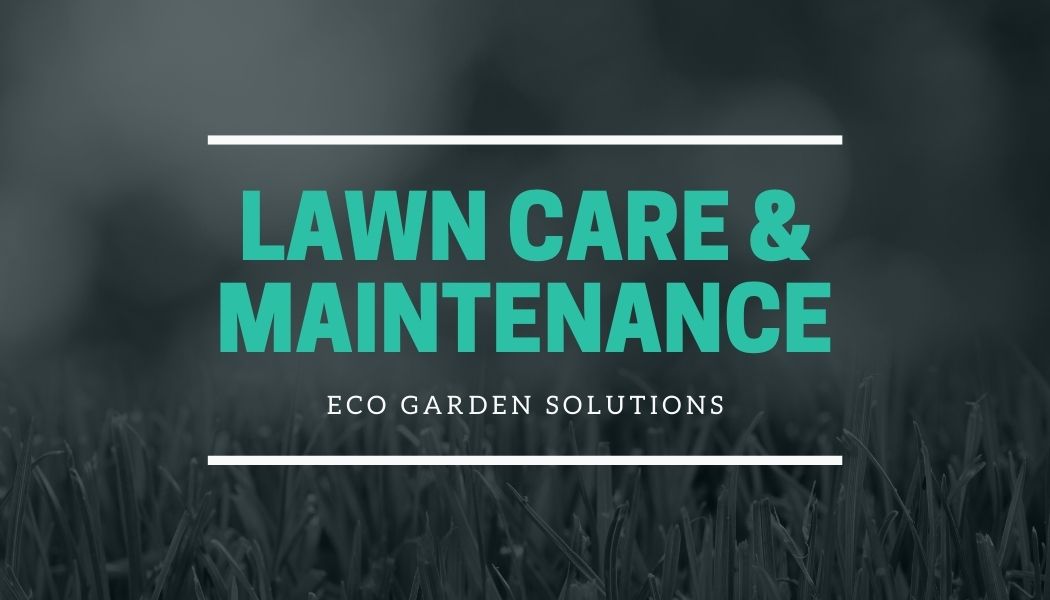Soil is the foundation of life! Which is why it’s important to have healthy soil even if it is only for an incredible looking lawn. The truth is, not all soil is created equal and sometimes it needs a little extra care to be the best it can be.
Regardless of the type of soil you have underneath your lawn, it can all become compact and need a little TLC. Soil conditioning (yes, soil conditions for lawns) is meant to improve various aspects of the soil’s quality. The health of your lawn’s soil is central to its productivity, texture, and lush beauty. Let’s look at some of the aspects of soil.
Conditioning Your Soil
Before you begin any conditioning on your soil we suggest that you have your soil tested to see what it needs. You don’t want to rush out and buy lawn fertilizer if there is no need for it. You can buy testing kits and do the test yourself or you can have a professional come out and give you the run down before you take any further steps.
Fertilizer - Lawn fertilizer works together with the important nutrients in your soil. It replenishes and replaces the essentials your lawn needs to look and feel amazing. In order for soil to be as rich as possible it needs three key elements: phosphorus, nitrate, and potassium. If the soil is lacking in any of those ingredients then you will want to use some natural lawn fertilizer. However, if your lawn has too much of something it can have adverse effects which is why soil testing is essential.
Aeration - There are two ways you can aerate your lawn and soil and they are liquid aeration and mechanical core aeration. The sole purpose of aeration is to open up and loosen the subsoil. This allows air, water, and nutrients to penetrate deep into the soil, surrounding the existing root structure of the grass. It gives the grass’ roots space to grow and thrive. Aeration promotes the development of healthy topsoil which increases the richness of it. This will improve the overall quality of the soil and your lawn.
Mechanical Core Aeration vs. Liquid Aeration
Mechanical core aeration uses a machine to aerate the lawn. A lawn aerator can be rented or purchased and attached to a riding lawn mower. It uses hollow tines that mechanically removes plugs or “cores” of soil and thatch from a lawn. One of the old-fashioned methods is to use a pitchfork to poke the holes in order to aerate your lawn which can take forever depending on how large of an area you plan to aerate. A slicing aerator is another machine that can get the job done but instead of leaving holes it simply slices the lawn leaving the soil in place.
Mechanical core aeration is going to cost more money whether you rent an aerator or purchase one. Renting a core aerator can cost about $60 for four hours or $90 a day depending on where you rent from. Purchasing an aerator can cost anywhere between $200 - $5,000 on average. Keep in mind it depends on the type of aerator you purchase. If you’re not going to use the equipment often why waste the money?
All-natural liquid lawn aerators can provide the same stunning results as a mechanical core aerator without the high cost and excessive work. It comes in a concentrated formula that you will mix with water. The cost of a liquid lawn aerator is only about $35. You can find sprayers that hold a gallon of the formula mix for about $10. So for about $50 you can cover 30,000 square feet of your lawn and it is believed that it will actually penetrate deeper than the mechanical core aerators.
Liquid aerators take a little longer to work but they get the job done effectively. As the solution makes its way deep down into the soil it naturally breaks down dense clay particles which opens up small channels to help the aerification process. Liquid aeration requires multiple applications in order to ensure sustainable results but even then it is more affordable. In the end it provides complete and total coverage to your lawn’s surface.
Conditioning your soil will enhance your lawn in so many ways. It will be more beautiful, fuller, and healthier. It’s good to test your soil before doing any work such as adding fertilizer just to be sure you’re adding what it needs and not giving it too much of a good thing. Remember, not all soil is created equal. If you think your lawn seems dull and lacks the luster it should have then you may want to consider soil conditioning to improve your soil, lawn, and the plant life that grows there!

